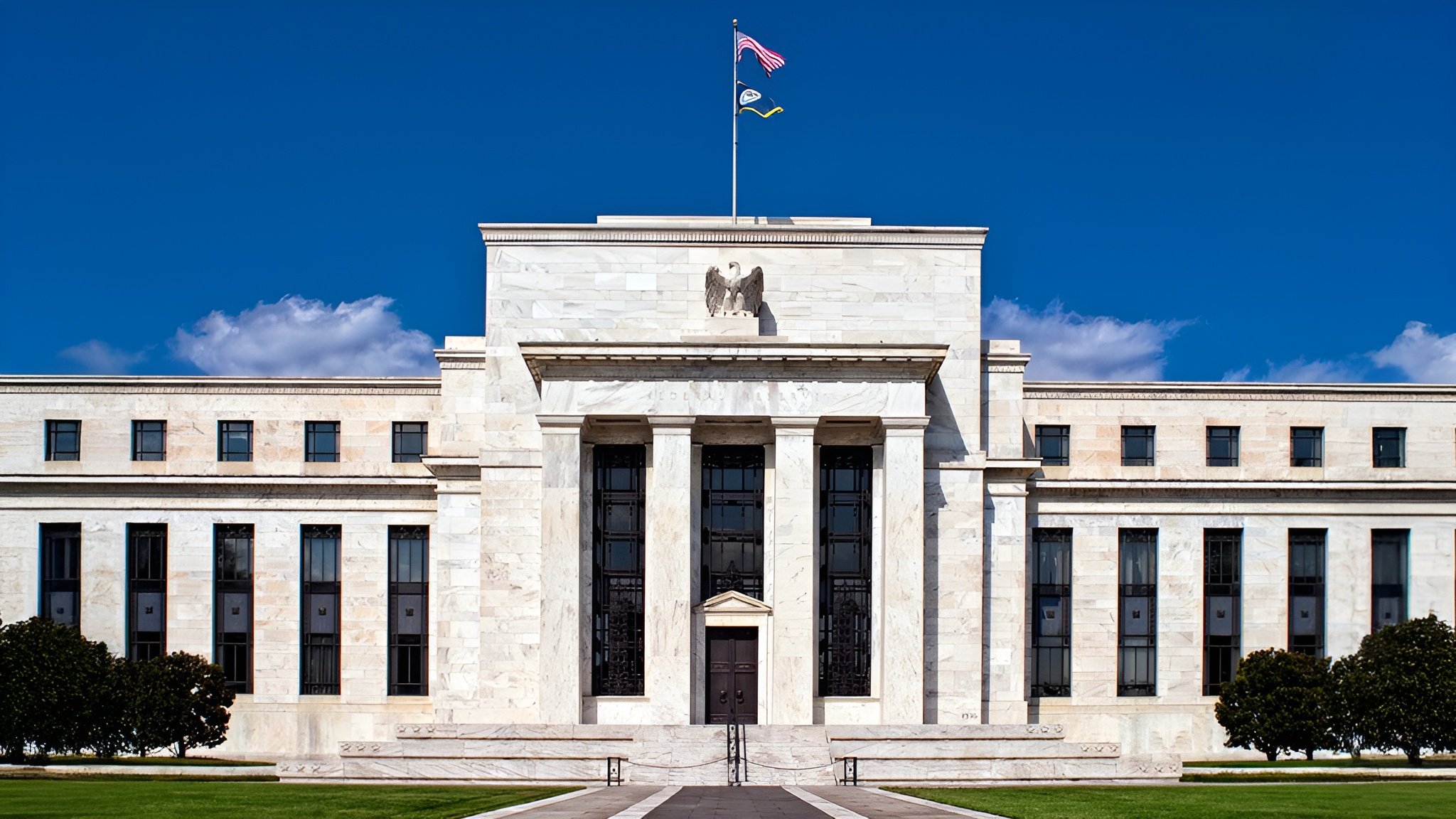Businesses Hesitant on Hiring and Investment: The Fed’s Perspective
When Businesses Pull Back
Across the U.S., businesses are showing signs of caution. Hiring is slowing, investments are being postponed, and expansion plans are on hold. For the Federal Reserve, these hesitations are more than corporate decisions—they’re critical signals about the health of the economy.
At GME Academy (Global Markets Eruditio), we emphasize that understanding the Fed’s perspective isn’t just for economists. For Forex traders—especially those starting with Forex Trading for Beginners—it’s an essential skill for reading currency movements.

Why Companies Are Hitting the Brakes
Think of a company like a driver on a rainy night. Instead of speeding forward, they tap the brakes and drive carefully until visibility improves.
Right now, higher interest rates, inflation concerns, and global uncertainty have many businesses hesitant to hire or invest.
This matters because:
Hiring freezes → Slower job growth weakens consumer spending.
Investment cuts → Less demand for loans, equipment, and expansion.
Lower confidence → Signals that businesses see storm clouds ahead.
For the Fed, these are caution flags that its tight monetary policy may be biting harder than expected.
The Fed’s Tightrope Walk
The Federal Reserve watches these trends closely. If businesses keep pulling back, the Fed may:
Ease up on interest rate hikes, or
Signal future cuts to prevent a deeper slowdown.
Why does this matter in Forex? Because when the Fed changes its tone, the U.S. Dollar (USD) responds instantly. Traders re-price expectations, and currency pairs shift.
Impact on Currency Pairs
Here’s how business hesitation can ripple through the Forex market:
EUR/USD – Weak Fed outlook can push the pair higher as the euro gains against a softer USD.
USD/JPY – If U.S. businesses slow down, investors may shift into the yen as a safe-haven currency.
GBP/USD – U.K. traders often watch the Fed; dovish signals could lift this pair as the pound strengthens.
For Forex beginners, the lesson is clear: watch what businesses are doing, not just what the Fed is saying.
Why This Hits Your Wallet (and Trading Account)
A cautious private sector has real-world consequences for both everyday citizens and Forex markets:
Mortgages and loans → If the Fed cuts rates, borrowing costs may fall.
Job prospects → Less hiring means tougher competition in the labor market.
Market volatility → Currencies react sharply to Fed statements linked to hiring and investment trends.
At Global Markets Eruditio, we teach traders to connect these dots so they can trade smarter, not just reactively.
Reading the Fed Like a Trader
When analyzing the Fed’s perspective, focus on three signals:
Business confidence surveys – Are companies planning to hire or expand? (Conference Board Index)
Fed commentary – Are policymakers hinting at easing?
Market reaction – How are USD-based pairs responding after each Fed statement? (Reuters USD coverage)
Mastering this skill helps traders anticipate moves instead of chasing them.
The Bigger Picture
Businesses may seem distant from your trading account, but their hesitation shapes the Fed’s decisions — which ripple through the global economy. From the price of a car loan to the movement of EUR/USD, the connection is direct.
Final Takeaway
When businesses hesitate on hiring and investment, the Fed listens — and so should traders. Understanding this link is a powerful tool for Forex decisions.
At GME Academy (Global Markets Eruditio), we simplify these complex dynamics for every learner. Whether you’re just beginning with Forex Trading for Beginners or refining advanced strategies, knowing how the Fed interprets business caution gives you a trading edge.
Join GME Academy today and start learning how to decode economic signals into actionable Forex strategies.

